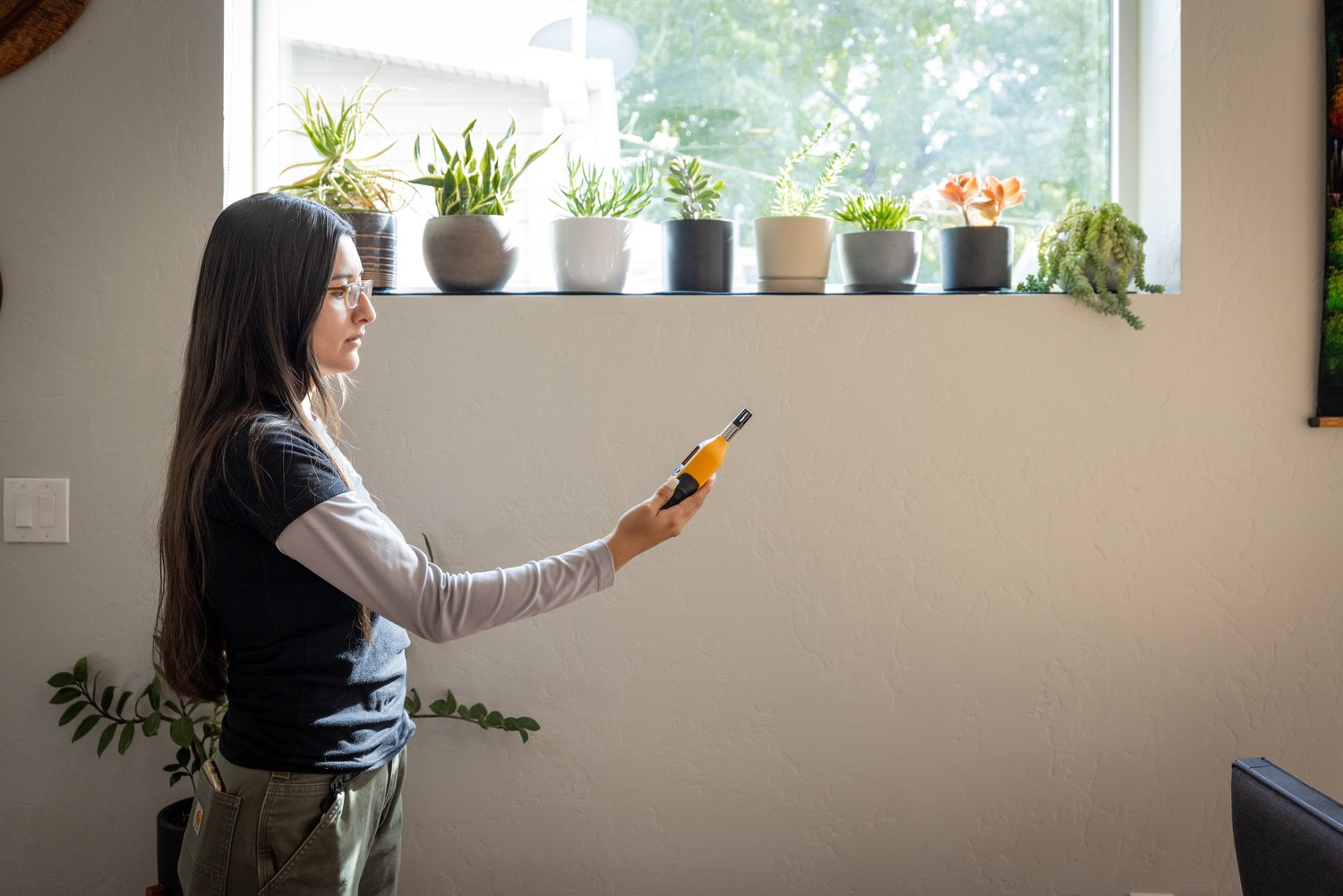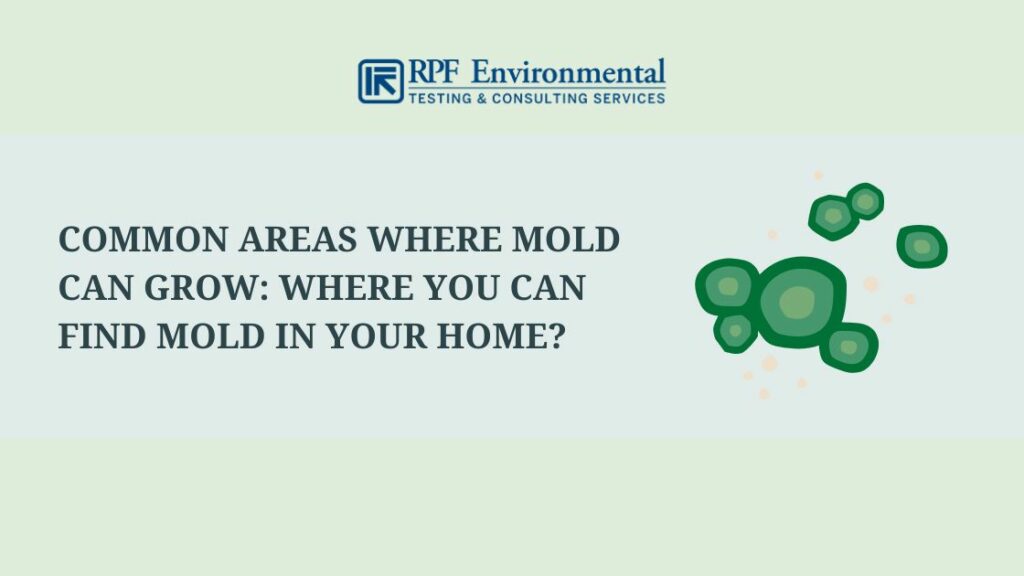Discover the Advantages of Specialist Mycotoxin testing Services Today
Discover the Advantages of Specialist Mycotoxin testing Services Today
Blog Article
Ensuring Compliance With Rules: the Function of Mycotoxin Examining in Quality Assurance
Guaranteeing conformity with stringent laws is critical for preserving food safety and security, and the function of mycotoxin screening in top quality control can not be overstated. Mycotoxins, toxic compounds generated by certain mold and mildews, posture substantial health risks, making their discovery crucial in food production. Adherence to regulatory criteria, such as those set by the FDA and EU, calls for durable screening techniques and technologies to recognize and evaluate these pollutants. By carrying out thorough screening protocols, companies can stop possible health and wellness crises, avoid expensive recalls, and keep consumer trust fund. Nonetheless, the complexities of these testing processes raise vital inquiries concerning their effectiveness and performance.
Recognizing Mycotoxins
Recognizing mycotoxins is fundamental to ensuring the top quality and safety of farming items. Mycotoxins are harmful additional metabolites created by specific varieties of fungi, typically discovered in foodstuffs such as grains, nuts, and flavors. These substances can occur at different phases of the food production process, from pre-harvest to storage, and pose considerable health and wellness dangers to both people and animals (Mycotoxin testing Services). The most notorious mycotoxins include aflatoxins, fumonisins, trichothecenes, and ochratoxins, each related to details ecological problems and fungal varieties.
The visibility of mycotoxins in foodstuff can cause acute and chronic health problems, consisting of liver damage, immune reductions, and carcinogenic impacts. Their detection and metrology are vital elements of high quality control in agricultural and food industries. The complexity of mycotoxin contamination requires a complex method, using advanced logical strategies such as liquid chromatography, mass spectrometry, and enzyme-linked immunosorbent assays (ELISA) By understanding the sources, kinds, and effects of mycotoxins, stakeholders in the farming industry can much better implement preventative procedures and reduce risks, ensuring more secure usage for end-users. This understanding forms the bedrock upon which effective mycotoxin administration methods are built.
Regulatory Criteria for Mycotoxins
Having established a foundational understanding of mycotoxins and their influence on food safety and security, it is necessary to review the regulatory standards governing their existence in agricultural items. Regulatory criteria for mycotoxins are essential due to the fact that they specify permissible limitations, making certain food security and safeguarding public health and wellness. Different international and national agencies have established these restrictions based upon thorough danger analyses.
The Codex Alimentarius Commission, a worldwide body established by the FAO and that, gives standards and maximum allowable levels for various mycotoxins in food and feed. The Codex has established restrictions for aflatoxins in peanuts, maize, and dried out figs, amongst other products. These requirements are frequently embraced or adapted by specific nations to fit their particular needs.
In the European Union, Law (EC) No 1881/2006 states maximum degrees for several mycotoxins, such as aflatoxins, ochratoxin A, and deoxynivalenol, in numerous foodstuff. Similarly, the United State Food and Medication Administration (FDA) has actually developed action degrees for mycotoxins like aflatoxins in assets such as nuts and grains.
Adherence to these regulative criteria is vital for maintaining market accessibility, consumer trust fund, and public health. Non-compliance can cause significant financial losses and wellness dangers, underscoring the value of stringent mycotoxin screening methods.
Evaluating Approaches and Technologies

ELISA is commonly appreciated for its affordable and quick screening capacities, making it excellent for high-throughput atmospheres. It relies upon antibodies to identify particular mycotoxins, providing lead to a relatively brief time frame. Its level of sensitivity may be limited contrasted to more innovative techniques.
HPLC, on the various other hand, my sources excels in giving quantitative evaluation with high precision and precision. It separates intricate mixtures into specific components, making it extremely efficient for recognizing and measuring multiple mycotoxins at the same time - Mycotoxin testing Services. This strategy, while more resource-intensive and time-consuming than ELISA, uses a greater level of reliability

LC-MS stands for the peak of analytical specificity and sensitivity. Integrating the separation power of fluid chromatography with the discovery capacities of mass spectrometry, LC-MS can spot even trace degrees of mycotoxins. This approach is indispensable for verifying the presence of mycotoxins in forensic and regulatory contexts, guaranteeing compliance with rigid safety and security requirements.
Carrying Out Examining Procedures

Including these advanced screening techniques right into an extensive quality assurance framework demands a well-structured strategy to implementing testing protocols. To accomplish this, organizations need to first perform an extensive threat analysis to determine prospective mycotoxin contamination factors within the supply chain. This assessment informs the advancement of a tailored screening approach that deals with particular susceptabilities.
Following, establishing standard tasting procedures is vital. Consistent sampling ensures that test outcomes are trusted and agent of the whole batch (Mycotoxin testing Services). Adhering to standards from governing bodies, such as the FDA or EFSA, helps keep conformity and boosts the integrity of the testing procedure
Educating personnel is an additional crucial part. Staff must excel in both example collection and the operation of screening tools. Regular training sessions and certification programs can ensure that employee stay updated with the most up to date strategies and regulative adjustments.
Advantages of Mycotoxin Checking
Mycotoxin screening supplies numerous benefits that considerably enhance the safety and quality of food and feed products. Mostly, it acts as a critical control right here measure to avoid polluted products from reaching the customer market, consequently protecting public health. By identifying and evaluating mycotoxins such as aflatoxins, ochratoxins, and fumonisins, manufacturers can make certain that their items satisfy strict regulatory requirements, hence staying clear of potential lawful consequences and connected prices.
In addition, mycotoxin screening adds to the economic practicality of food and feed sectors by reducing the danger of large product recalls. The capability to spot and separate infected batches early in the manufacturing process reduces waste and stops the monetary losses related to damaged brand name credibility. It fosters customer trust fund and commitment, as clients are increasingly mindful of food security issues and need greater top quality requirements.
The application of routine mycotoxin screening additionally promotes ideal techniques within farming and manufacturing fields. By sticking to rigorous screening protocols, business can enhance their quality control procedures, boost operational effectiveness, and make sure the constant manufacturing of risk-free, top quality products. In final thought, the benefits of mycotoxin screening are complex, contributing to public wellness, financial security, and industry honesty.
Final Thought
Mycotoxin testing is essential in ensuring compliance with regulatory requirements, consequently maintaining food safety and security and top quality control. Thus, mycotoxin screening continues to be a vital element of contemporary food safety management systems.
Guaranteeing compliance with rigorous laws is vital for preserving food security, and the duty description of mycotoxin screening in high quality control can not be overstated.In the world of mycotoxin testing, advanced technologies and techniques are pivotal in making certain food security and regulatory conformity.Mycotoxin screening uses many advantages that significantly enhance the safety and high quality of food and feed items.Mycotoxin screening is critical in making sure conformity with regulative requirements, thus preserving food security and high quality control. Hence, mycotoxin screening continues to be a vital component of modern food safety and security monitoring systems.
Report this page